Home>Garden Essentials>Garden Storage>How To Plan Your Wardrobe
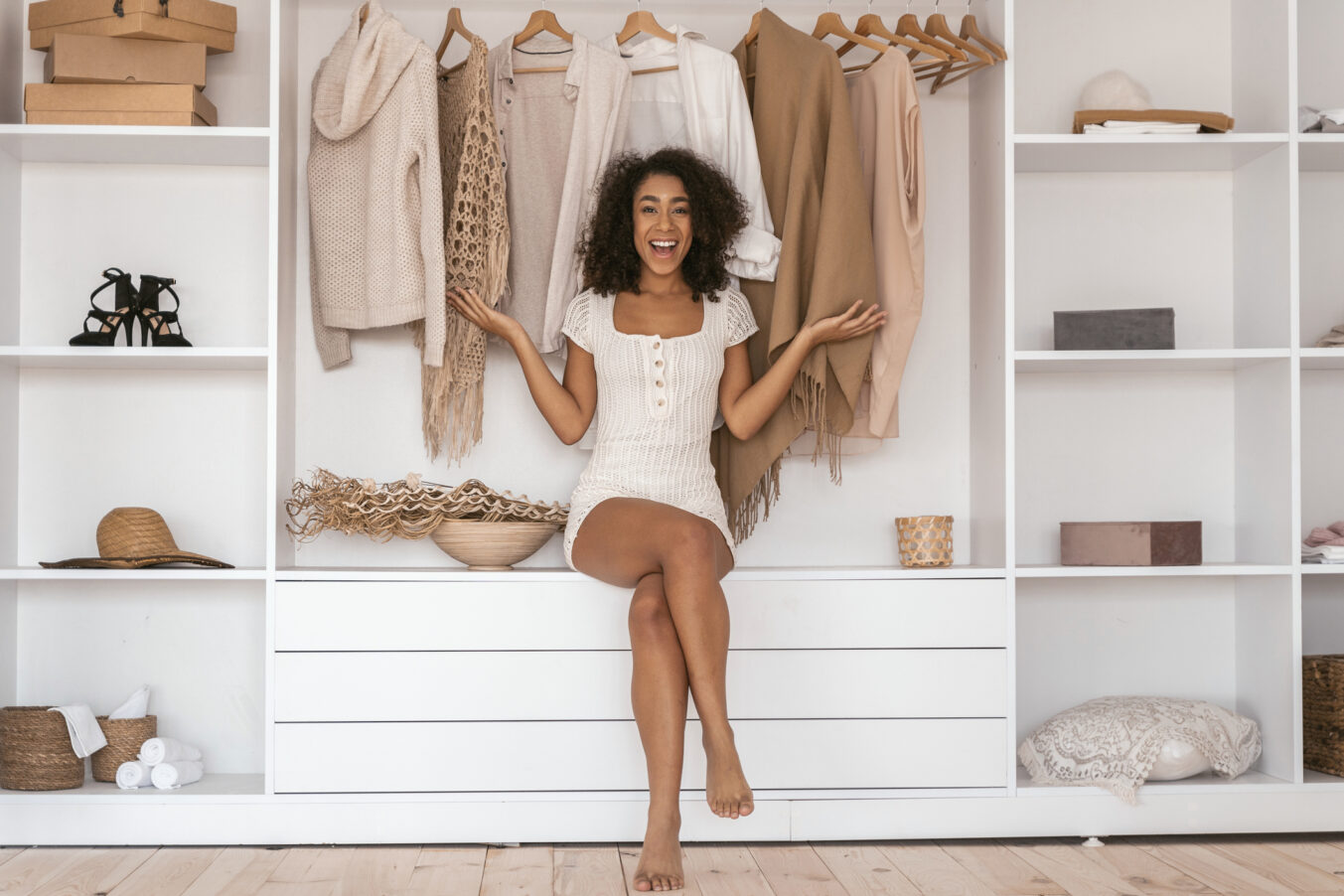

Garden Storage
How To Plan Your Wardrobe
Modified: February 24, 2024
Discover the best storage solutions for planning your wardrobe and maximizing space. Learn how to organize your clothes and accessories efficiently with these helpful tips and tricks.
(Many of the links in this article redirect to a specific reviewed product. Your purchase of these products through affiliate links helps to generate commission for Storables.com, at no extra cost. Learn more)
Introduction
Welcome to the ultimate guide on how to plan your wardrobe! Whether you have a massive collection of clothes or find yourself standing in front of your closet every morning wondering what to wear, this article is here to help you make the most of your wardrobe.
Your wardrobe is an expression of your personal style and plays a crucial role in how you present yourself to the world. It is a reflection of your personality, taste, and even your lifestyle. By taking the time to plan and organize your wardrobe, you can save time, reduce stress, and always feel confident in what you’re wearing.
Planning your wardrobe requires a thoughtful approach that takes into account your personal style, lifestyle, and needs. It’s not just about filling your closet with the latest trends or buying an excessive amount of clothes. It’s about curating a collection that is versatile, timeless, and tailored to your unique preferences.
In this guide, we will explore the essential steps to help you plan your wardrobe effectively. We will cover everything from assessing your personal style to creating a capsule wardrobe, from considering colors and patterns to budgeting and shopping wisely. So let’s dive in and bring out the fashionista within!
Key Takeaways:
- Assess your personal style, define your lifestyle, and curate a capsule wardrobe to create a versatile and timeless collection that reflects your individuality and meets your specific needs.
- Budget and shop wisely, maintain and update your wardrobe regularly, and embrace the journey of evolving your personal style to ensure a functional, stylish, and sustainable approach to fashion.
Read more: How To Clean Your Wardrobe
Assess Your Personal Style
The first step in planning your wardrobe is to assess your personal style. This involves understanding your preferences, the types of clothing that make you feel confident and comfortable, and the overall aesthetic that resonates with you.
Start by taking a look at your current wardrobe. Pay attention to the pieces that you love and feel great in. What do they have in common? Are there specific colors, patterns, or silhouettes that you tend to gravitate towards? These are important cues that can help you define your personal style.
Next, gather inspiration from various sources. Browse fashion magazines, fashion blogs, and social media platforms like Pinterest and Instagram. Create a mood board or save images that resonate with you. This will help you identify themes, trends, and styles that appeal to your taste.
Remember, personal style is not about following every fashion trend that comes and goes. It’s about curating a wardrobe that reflects your individuality and makes you feel confident and comfortable. So, embrace the styles that truly resonate with you and create a sense of authenticity.
Additionally, consider your lifestyle and the occasions you typically dress for. Are you a working professional? Do you attend formal events frequently, or do you have a more casual lifestyle? Understanding the contexts in which you need to dress will help you tailor your wardrobe to meet your specific needs.
Lastly, don’t be afraid to experiment and try new things. Personal style is an ever-evolving journey, and it’s okay to step out of your comfort zone and explore different looks. By assessing your personal style, you lay the foundation for planning a wardrobe that truly reflects who you are.
Define Your Lifestyle and Needs
When planning your wardrobe, it’s essential to consider your lifestyle and specific needs. Understanding how you spend your days and the activities you engage in will help you select the right clothing items to suit your lifestyle.
Start by asking yourself a few questions: What is your typical daily routine? Are you a student, a professional, or a stay-at-home parent? Do you engage in activities like exercise or sports that require specific clothing? Identifying these aspects will give you a clear idea of the types of garments that would be most practical and functional for your day-to-day life.
Consider the climate and weather conditions in your area. If you live in a place with distinct seasons, you’ll need different clothing for summer, fall, winter, and spring. Take into account the temperature, humidity, and any specific weather conditions that may affect your clothing choices.
Furthermore, think about any social or special occasions that you regularly attend. Do you often need to dress formally for work events or attend parties? Do you have any hobbies or recreational activities that require specific clothing? By understanding your needs in different situations, you can ensure your wardrobe is versatile and meets all your requirements.
Keep in mind that versatility is key when defining your lifestyle-based wardrobe. Aim for essentials and staple pieces that can be mixed and matched to create a variety of outfits. This will not only save you money but also make getting dressed each day a breeze.
Lastly, consider any upcoming changes in your life that may affect your wardrobe needs. Are you starting a new job? Moving to a new climate? Planning a vacation? Anticipating life changes will help you make informed decisions when selecting new clothing items and prevent you from buying unnecessary pieces.
By defining your lifestyle and needs, you can tailor your wardrobe to perfectly fit your unique circumstances. It ensures that your clothing choices are practical, functional, and aligned with your daily activities and preferences.
Purge and Organize Your Current Wardrobe
Before diving into planning your new wardrobe, it’s important to start with a clean slate. Take the time to purge and organize your current wardrobe to make space for the new pieces you’ll be adding.
Begin by emptying your entire wardrobe and assessing each item. Ask yourself the following questions:
- Have I worn this in the past year?
- Does it still fit me well?
- Is it in good condition?
- Does it reflect my current personal style?
Be honest with yourself and let go of anything that you no longer wear or doesn’t align with your style. Donate or sell the items that are still in good condition but no longer serve you. This step will not only declutter your wardrobe but also make it easier to see what you already have.
Once you have narrowed down your wardrobe, it’s time to organize it effectively. There are several strategies you can use, depending on your preferences and the layout of your space. Here are a few ideas:
- Categorize by clothing type: Group similar items together, such as tops, bottoms, dresses, and outerwear.
- Organize by color: Arrange your clothes in a color spectrum, making it easier to mix and match and find what you need.
- Arrange by occasion: Separate your clothing into categories based on the occasions you typically dress for, such as workwear, casual wear, and formal wear.
Invest in storage solutions that work for your space. Use hangers, shelves, and bins to keep everything in order. Consider using dividers or drawer inserts to maximize the space in your drawers and keep smaller items organized.
With a well-organized wardrobe, it will be much easier to plan your outfits and identify any gaps that need to be filled. It will also help you avoid purchasing duplicate items or forgetting about pieces that may be hidden in the back of your closet.
Remember, purging and organizing your current wardrobe is an essential step in the planning process. It sets the foundation for building a functional and curated collection that represents your personal style and meets your needs.
Identify Staples and Essential Pieces
When planning your wardrobe, it’s crucial to identify the staples and essential pieces that will serve as the building blocks of your collection. These are the timeless, versatile items that can be mixed and matched to create a myriad of outfits for various occasions.
Start by considering your lifestyle and personal style. Think about the items that you reach for most often and can easily incorporate into different outfits. These are the pieces that form the foundation of your wardrobe.
Some common staple items include:
- A well-fitted pair of jeans
- A versatile blazer
- A classic white button-down shirt
- A little black dress
- A tailored pair of trousers or skirt
- A comfortable and stylish pair of flats or sneakers
- A tailored blazer or jacket
- A versatile cardigan or sweater
- Basic t-shirts in neutral colors
These are just a few examples, and the specific staples that work for you may vary based on your personal style and lifestyle.
Additionally, think about the colors and patterns that will work well with your staples. Opt for neutral colors like black, white, gray, and beige, as they are easy to mix and match. Add pops of color or patterns that align with your personal style to inject some personality into your outfits.
Keep in mind that quality is important when it comes to staples. Invest in well-made pieces that will withstand the test of time. Choosing high-quality materials and craftsmanship will ensure that your essential items last and continue to look great season after season.
Remember, staples and essential pieces are the backbone of your wardrobe. By incorporating these versatile items, you can easily create a multitude of outfits that cater to various occasions and reflect your personal style.
Read more: How To Rebuild Your Wardrobe
Create a Capsule Wardrobe
Creating a capsule wardrobe is a highly effective way to streamline your wardrobe and maximize outfit possibilities. A capsule wardrobe consists of a limited number of carefully selected, versatile pieces that can be mixed and matched to create a wide range of stylish outfits.
When building a capsule wardrobe, start by selecting a color palette that works well together. Choose a few neutral colors, such as black, white, gray, and beige, as the basis for your capsule. Then, add a few accent colors or patterns that complement your personal style.
Next, carefully curate your clothing items. Aim for a balance between tops, bottoms, dresses, and other essentials that suit your lifestyle and personal style. Consider the climate and seasons in your area to ensure your capsule wardrobe is suitable year-round.
Although the number of items in a capsule wardrobe can vary, a general guideline is to limit your selection to around 30 to 40 items, not including basics like undergarments and loungewear. Remember, the goal is to have a collection that works cohesively and eliminates decision-making stress when getting dressed.
Focus on high-quality, well-fitting pieces that make you feel confident and comfortable. Prioritize versatile items that can be dressed up or down and mixed and matched effortlessly. This allows you to create different outfits without constantly buying new clothes.
When it comes to accessories, choose a few statement pieces that can transform your outfits. A bold scarf, statement jewelry, or a versatile handbag can add a touch of personality and elevate any look.
One of the key benefits of a capsule wardrobe is the ability to create a more sustainable and mindful approach to fashion. By focusing on quality over quantity and investing in timeless, versatile pieces, you can reduce unnecessary consumption and contribute to a more sustainable fashion industry.
Remember, a capsule wardrobe is all about simplifying and refining your wardrobe while maintaining your personal style. It allows you to save time, money, and mental energy, making getting dressed each day a breeze.
When planning your wardrobe, start by assessing your current clothing items and identifying any gaps or missing essentials. This will help you prioritize what to add to your wardrobe and avoid unnecessary purchases.
Plan for Different Seasons and Occasions
Planning your wardrobe involves considering the different seasons and occasions you’ll need to dress for throughout the year. By preparing for varying weather conditions and events, you can ensure that you’re always appropriately dressed and stylish.
Start by assessing the climate in your area and understanding the typical weather patterns for each season. This will help you determine the types of clothing you’ll need to have on hand. For example, in colder months, you may need items like coats, sweaters, and boots, while warmer months may call for lightweight fabrics and sandals.
When planning for different seasons, it’s important to have a mix of both transitional pieces and season-specific items. Transitional pieces can be worn across multiple seasons and provide versatility. For example, a lightweight cardigan can be layered during cooler months or worn alone during milder weather.
Consider the types of occasions you commonly attend, such as work, formal events, social gatherings, or casual outings. Each occasion may require a different level of formality and specific dress code considerations. Plan your wardrobe accordingly by including appropriate attire for each occasion.
Invest in a few key pieces that can be dressed up or down, allowing you to easily transition from day to night or from casual to formal events. For example, a tailored blazer can be worn with jeans and a blouse for a polished daytime look, or paired with a dress for an evening event.
Remember to also consider the specific needs of your lifestyle. If you have an active lifestyle or engage in outdoor activities, make sure to have suitable activewear or athleisure pieces in your wardrobe. If you frequently travel, pack versatile items that can be mixed and matched to create different outfits during your trip.
Additionally, keep seasonal accessories in mind to enhance your outfits and adapt to changing weather. This may include scarves, hats, sunglasses, and bags that are both functional and stylish.
By planning for different seasons and occasions, you can ensure that your wardrobe is well-rounded and ready to meet your style and practical needs throughout the year. It allows you to seamlessly transition between different weather conditions and confidently dress for any event or activity.
Consider Colors and Patterns
When planning your wardrobe, considering colors and patterns is a crucial step in creating cohesive and visually appealing outfits. The right combination of colors and patterns can enhance your personal style, create harmony in your outfits, and make a lasting impression.
Start by identifying the colors that complement your skin tone, hair color, and eye color. Understanding your personal color palette will help you select clothing items that make you look and feel your best. Consider whether warm or cool tones suit you better and choose colors that enhance your natural features.
Investing in a foundation of neutral colors is essential for a versatile wardrobe. Shades like black, white, gray, beige, and navy can be easily mixed and matched with other colors to create countless outfit combinations. Neutrals provide a timeless and sophisticated base that allows for pops of color or patterns to stand out.
When incorporating colors into your wardrobe, think about complementary colors and analogous color schemes. Complementary colors are opposite each other on the color wheel and create a vibrant contrast when paired together. Analogous colors are adjacent to each other on the color wheel and create a harmonious and cohesive look.
Patterns can also add visual interest and personality to your outfits. Incorporating patterns into your wardrobe allows you to showcase your individual style and create eye-catching looks. Choose patterns that align with your personal taste, whether it’s classic stripes, floral prints, geometric patterns, or something more bold and eclectic.
As with colors, it’s important to ensure that patterns work well together and complement your overall look. Consider the scale and proportion of patterns to create balance. Pair smaller, more intricate patterns with larger, bolder ones for a visually pleasing contrast.
Remember to balance the use of colors and patterns. If one piece in your outfit features a bold pattern, opt for solid colors or subtle patterns for the rest of your ensemble. This allows the statement piece to take center stage without overwhelming the overall look.
Ultimately, the combination of colors and patterns in your wardrobe should reflect your personal style and make you feel confident. Experiment with different pairings, but always stay true to what resonates with you and makes you feel your best.
By considering colors and patterns in your wardrobe planning, you can create visually appealing outfits that showcase your unique style and make a statement wherever you go.
Mix and Match Outfits
One of the keys to maximizing your wardrobe is learning how to mix and match different pieces to create multiple stylish outfits. By mastering the art of mixing and matching, you can create a wide variety of looks without relying on a large number of individual clothing items.
Start by identifying the versatile pieces in your wardrobe – those that can be easily paired with multiple items. These could be solid-colored tops, neutral bottoms, or classic accessories. These versatile pieces will serve as the foundation for many of your mix-and-match outfits.
Next, experiment with layering and accessorizing to create different combinations. Layering is a great way to add depth and visual interest to an outfit. For example, pairing a cardigan or jacket over a basic tee can instantly transform the look. Additionally, don’t underestimate the power of accessories. Adding a statement necklace or a scarf can completely change the vibe of an outfit.
Consider different combinations of tops and bottoms. Mix different colors, patterns, and textures to create unique outfits. For example, pair a striped top with a polka dot skirt or a solid blouse with patterned pants. Don’t be afraid to play with contrasts and experiment with different styles.
Don’t limit yourself to specific outfit formulas. Think outside the box and try new combinations. For example, a dress can be transformed into a skirt by layering a sweater or a button-down shirt over it. Similarly, a blazer can dress up a casual outfit or give structure to a flowy dress.
Take inspiration from fashion magazines, blogs, and social media to discover new outfit ideas. Browse through curated outfit grids or look for fashion influencers who showcase their mix-and-match skills. Pay attention to the color combinations and styling techniques they use to create visually appealing outfits.
Remember to think about the versatility of your wardrobe when shopping for new pieces. Consider how well they will integrate with your existing items and how many different outfits they can contribute to. This way, you can continue to expand your mix-and-match possibilities.
Lastly, don’t underestimate the power of confidence. Wear your outfits with pride and embrace your personal style. Experiment, have fun, and don’t be afraid to take risks. After all, fashion is an expression of individuality.
By mastering the art of mixing and matching, you can unlock the full potential of your wardrobe and create countless stylish and unique outfits. Embrace the creativity and enjoy the process of putting together new looks every day.
Read more: How To Minimize Your Wardrobe
Budget and Shop Wisely
When it comes to planning your wardrobe, budgeting and shopping wisely are essential factors to consider. By being mindful of your budget and making smart purchasing decisions, you can build a well-curated wardrobe without breaking the bank.
Start by setting a realistic budget for your wardrobe. Determine how much you are willing and able to spend on clothing and accessories. This will help you prioritize your purchases and make more thoughtful decisions when it comes to shopping.
Before heading to the stores or browsing online, take inventory of your current wardrobe. Assess the gaps and identify the items that need to be replaced or added. This will give you a clearer idea of what you truly need and prevent impulse buys that may end up unused.
Research and compare prices to find the best deals. Look for sales, discounts, and promotions that can help you save money. Consider shopping at thrift stores, consignment shops, or online marketplaces where you can find gently used or discounted items. Remember, you can often find great quality and unique pieces at a fraction of the retail price.
When shopping, prioritize quality over quantity. Invest in well-made items that will withstand wear and tear and retain their shape and color over time. Quality pieces may be priced higher upfront, but they will save you money in the long run as they won’t need to be replaced as frequently.
Consider the cost per wear for each item you’re considering. Ask yourself how often you will realistically wear it and if it can be styled in various ways. Opt for versatile pieces that can be dressed up or down and mixed and matched with different items in your wardrobe.
Avoid impulsive purchases and buyer’s remorse by taking your time when making decisions. Sleep on it and give yourself some space to consider whether the item truly aligns with your personal style, fits well, and is something you will genuinely love wearing.
Remember to shop with a purpose and be mindful of the environmental impact of your fashion choices. Look for sustainable and ethical brands that align with your values. Consider investing in timeless, classic pieces that will transcend trends and stand the test of time.
Lastly, take advantage of your current wardrobe and make the most of what you already have. Get creative with styling and mix-and-match different pieces to create new outfits. This can breathe new life into your existing collection and help you discover hidden gems.
By budgeting and shopping wisely, you can build a wardrobe that suits your style and needs without breaking your budget. It’s about finding a balance between quality, affordability, and mindful consumption.
Maintain and Update Your Wardrobe
Maintaining and updating your wardrobe is important to ensure that it remains functional, stylish, and reflective of your evolving personal style. By taking proper care of your clothing and regularly evaluating your wardrobe, you can make the most of your collection and always feel confident in your outfits.
First and foremost, practice good clothing care habits. Follow the care instructions on your garments, including washing, drying, and ironing guidelines. Properly storing your clothes can also extend their lifespan. Fold or hang them neatly to prevent wrinkles and avoid overcrowding your closet to prevent damage.
Regularly assess your wardrobe to identify items that no longer fit, are worn out, or no longer align with your style. Donate or sell these pieces to declutter your wardrobe and make room for new additions. This process also allows you to be more mindful of your purchasing decisions and avoid unnecessary accumulation of clothing.
Keep an eye on emerging fashion trends and assess whether incorporating certain trends align with your personal style. However, prioritize timeless and classic pieces that have longevity. Updating your wardrobe doesn’t mean completely revamping it each season; it means selectively adding new pieces that enhance and complement your existing collection.
Consider connecting with a tailor or seamstress to make alterations to your clothing. This can breathe new life into items that may need a slight adjustment or update. Tailoring can ensure a better fit, making your clothes look more polished and tailored to your body shape.
Take advantage of accessories to refresh your outfits without buying an entirely new wardrobe. scarves, belts, bags, and jewelry can add a pop of color, texture, or style to your existing outfits. Experiment with different accessories to create new looks and elevate your personal style.
When updating your wardrobe, be intentional with your purchases. Reflect on the needs of your lifestyle and identify any gaps in your current collection. Focus on investing in quality pieces that will withstand the test of time and offer versatility.
Lastly, stay inspired and continue to evolve your personal style. Follow fashion blogs, browse magazines, and explore social media platforms to discover new trends, styling tips, and outfit inspiration. Keep an open mind and be willing to step out of your comfort zone to try new looks and adapt your style over time.
By maintaining and updating your wardrobe regularly, you can ensure that it remains a valuable and exciting collection of clothing that reflects your personal style and suits your lifestyle. It’s about continuously refining and curating a wardrobe that brings you joy and confidence each time you get dressed.
Conclusion
Congratulations on completing the journey of planning your wardrobe! By following the steps outlined in this guide, you have taken important strides towards creating a wardrobe that truly represents your personal style, meets your lifestyle needs, and reflects your unique personality.
Assessing your personal style and defining your lifestyle were the initial steps in understanding your preferences and determining the types of clothing that will work best for you. Purging and organizing your current wardrobe allowed you to start with a clean slate and create space for the new items you will be adding.
Identifying staples and essential pieces gave you a foundation on which to build a versatile collection that allows for easy mixing and matching. Creating a capsule wardrobe further streamlined your choices, ensuring that each item in your collection serves a purpose and can be utilized in various outfit combinations. Planning for different seasons and occasions ensured that you are well-prepared for any weather or event that comes your way.
Considering colors and patterns added visual interest and cohesiveness to your outfits, while learning how to mix and match different pieces opened up a world of endless outfit possibilities. Budgeting and shopping wisely helped you make informed purchasing decisions, ensuring that you build a wardrobe without unnecessary financial burden.
Finally, maintaining and updating your wardrobe will allow you to continuously refine your collection, adapt to new fashion trends, and ensure that your wardrobe always feels fresh and relevant.
Remember, the journey of planning your wardrobe is ongoing. Fashion and personal style are ever-evolving, and your wardrobe should evolve with you. Be open to experimenting, trying new things, and discovering your unique style identity.
With a well-planned and curated wardrobe, you’ll find getting dressed each day to be a joyous experience. You will feel confident in your outfits, save time and money, and make a positive impact on the environment by cultivating a more conscious and sustainable approach to fashion.
So, take a moment to celebrate the effort and thoughtfulness you’ve put into planning your wardrobe. Embrace your personal style, own your fashion choices, and enjoy the journey of expressing yourself through the clothes you wear.
Frequently Asked Questions about How To Plan Your Wardrobe
Was this page helpful?
At Storables.com, we guarantee accurate and reliable information. Our content, validated by Expert Board Contributors, is crafted following stringent Editorial Policies. We're committed to providing you with well-researched, expert-backed insights for all your informational needs.
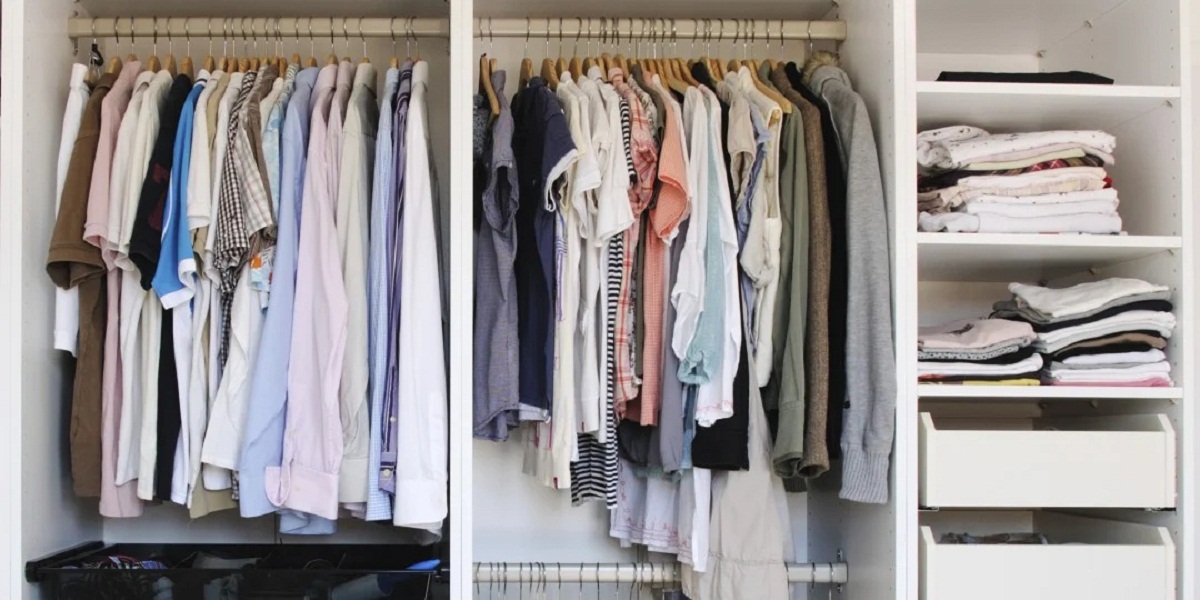
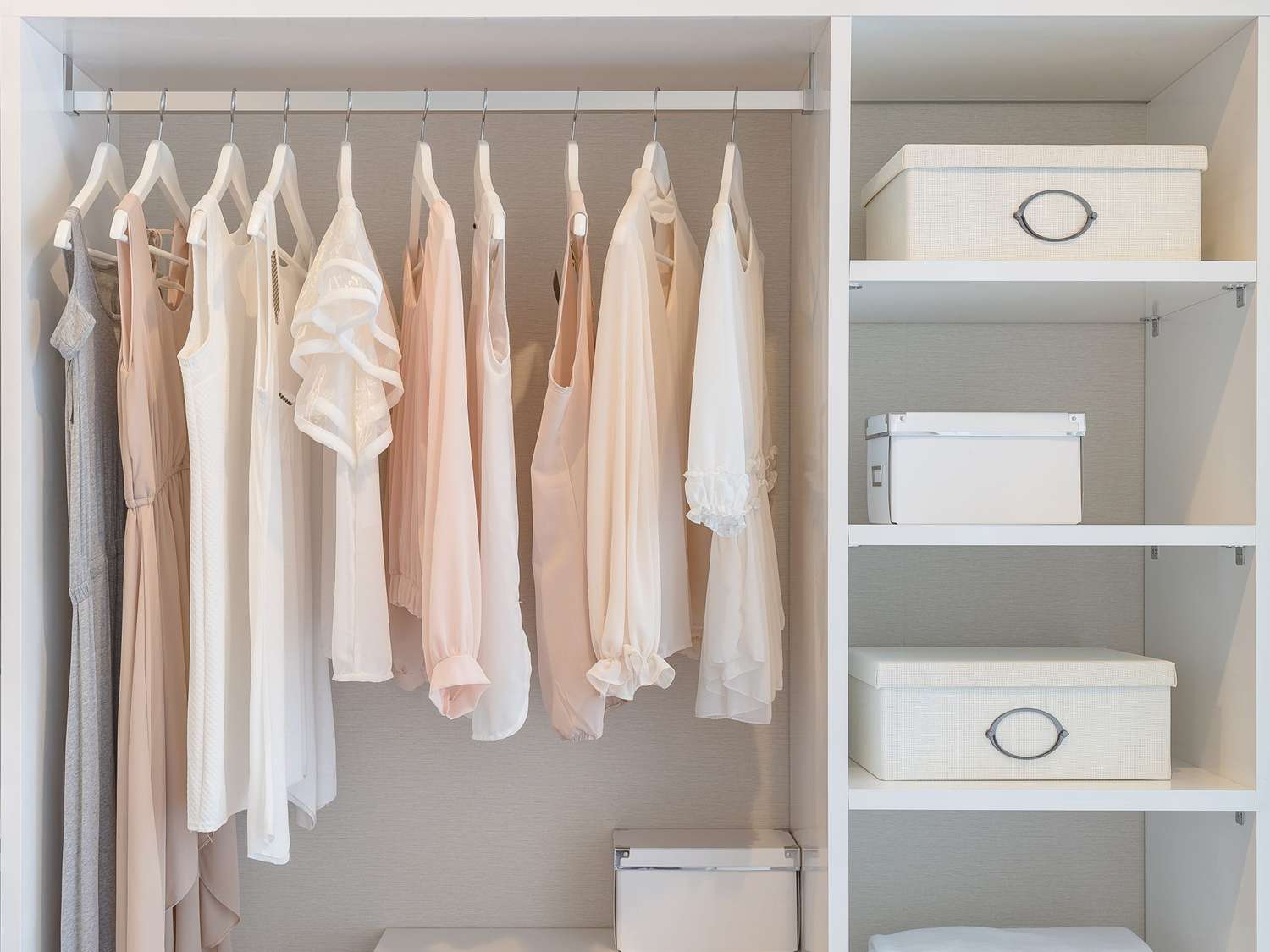
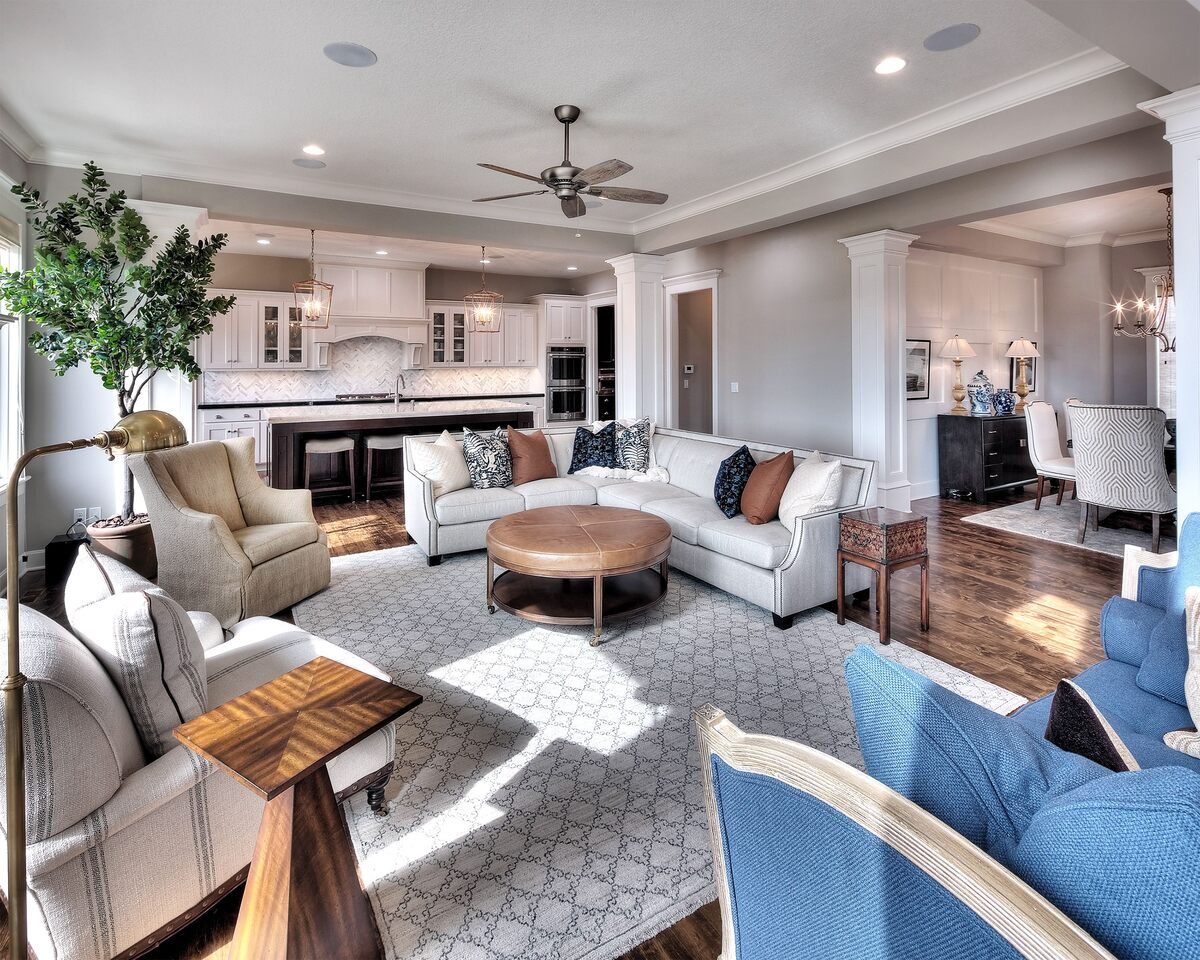

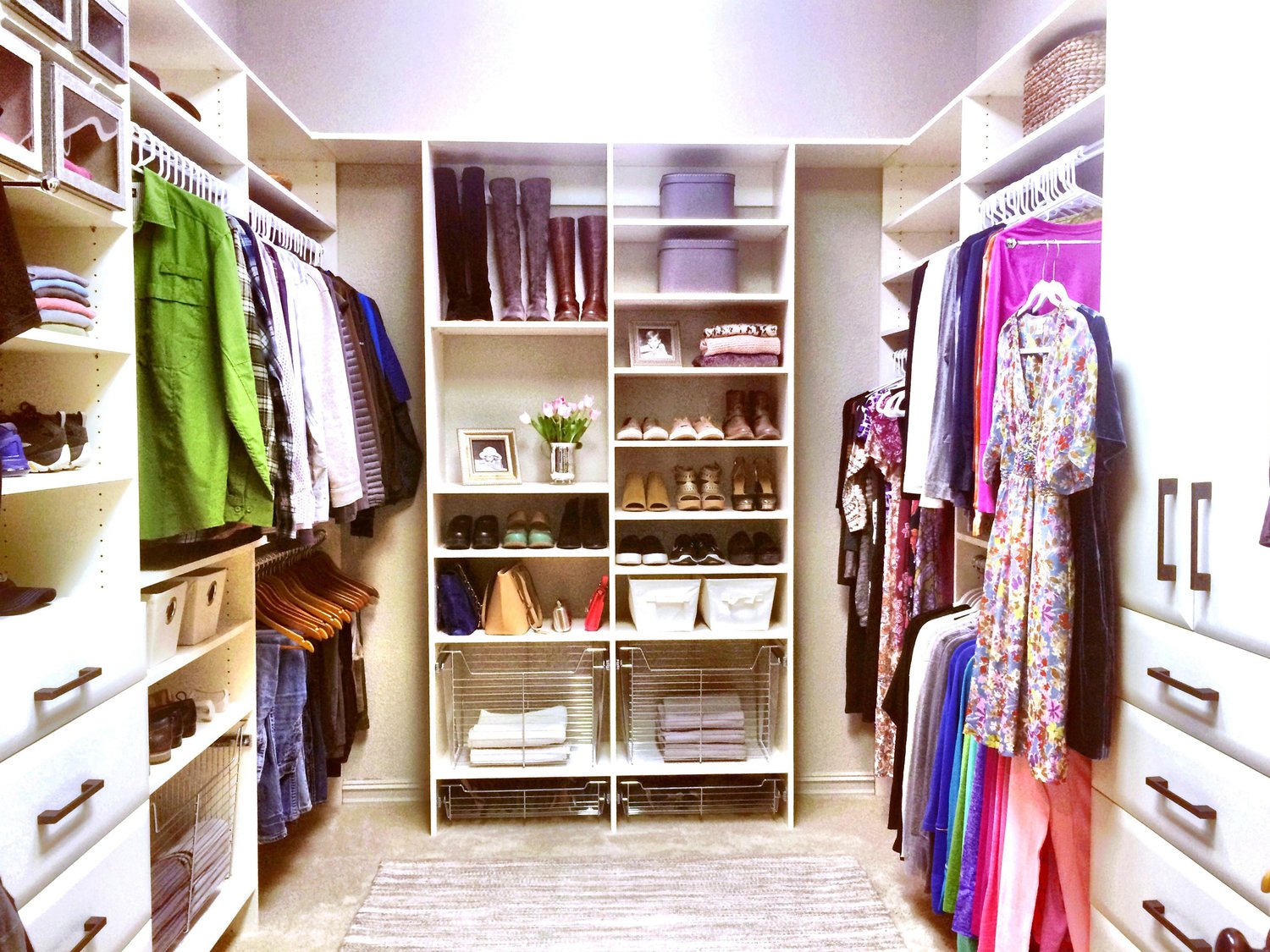
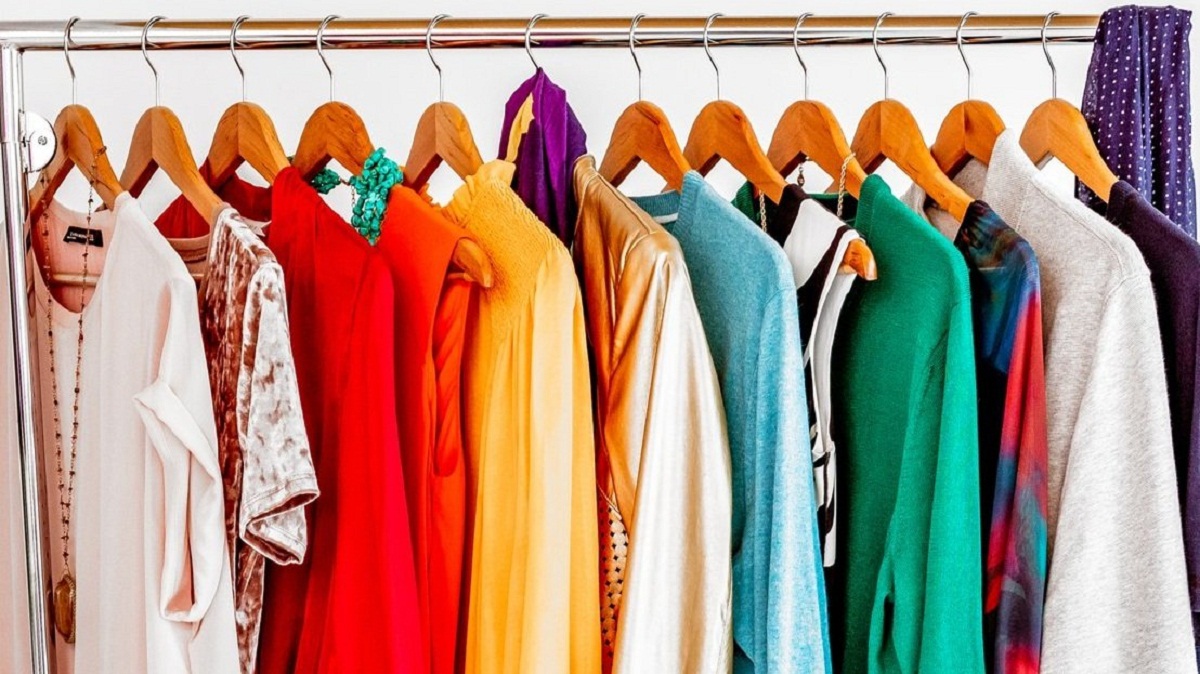
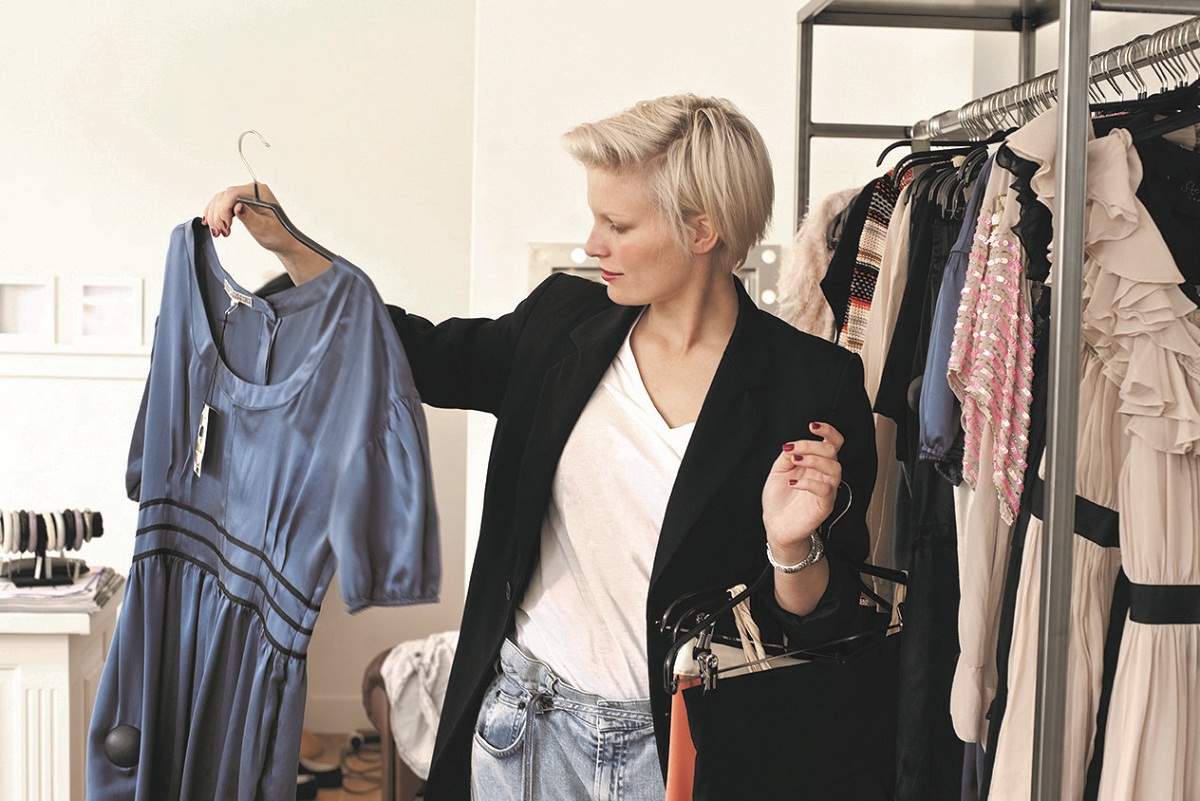
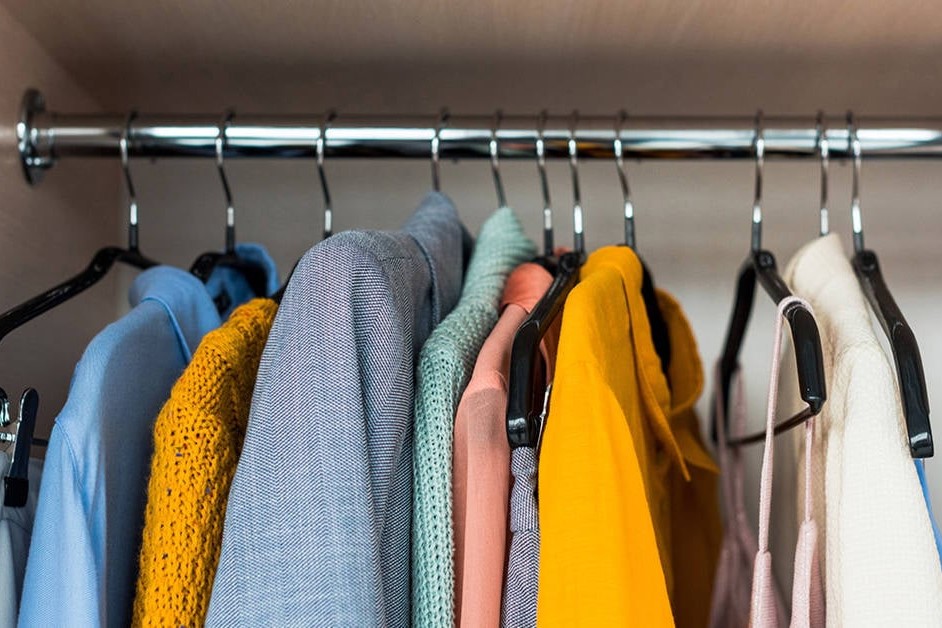
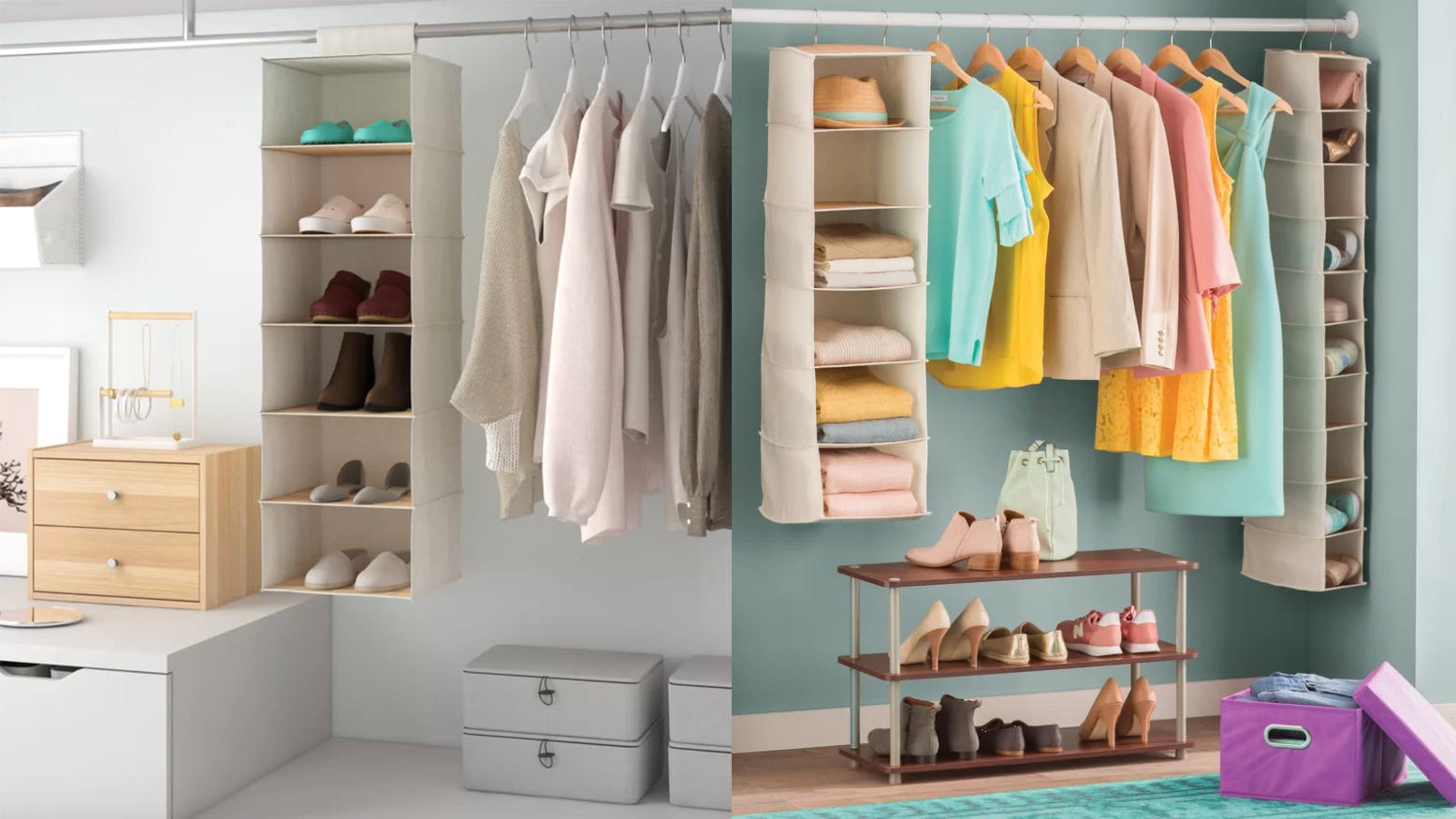

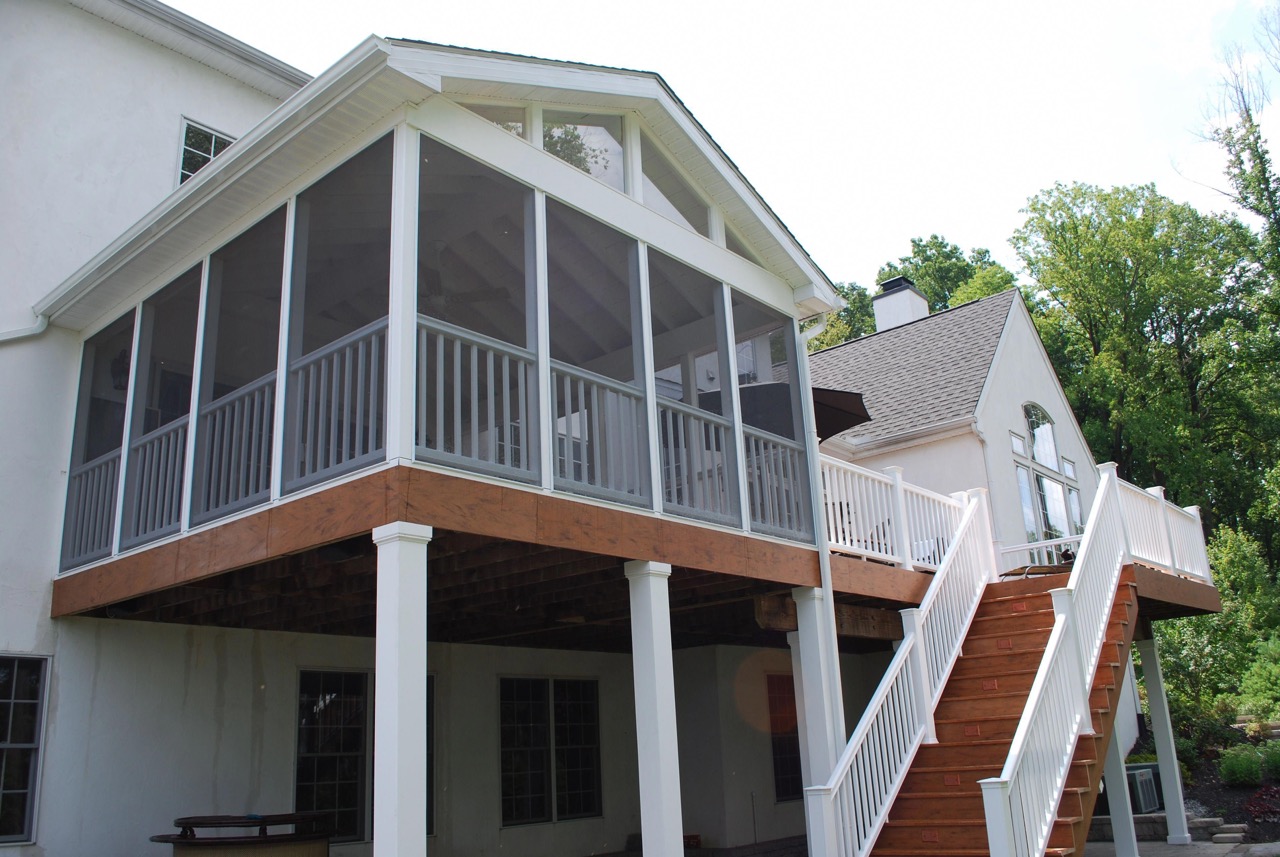
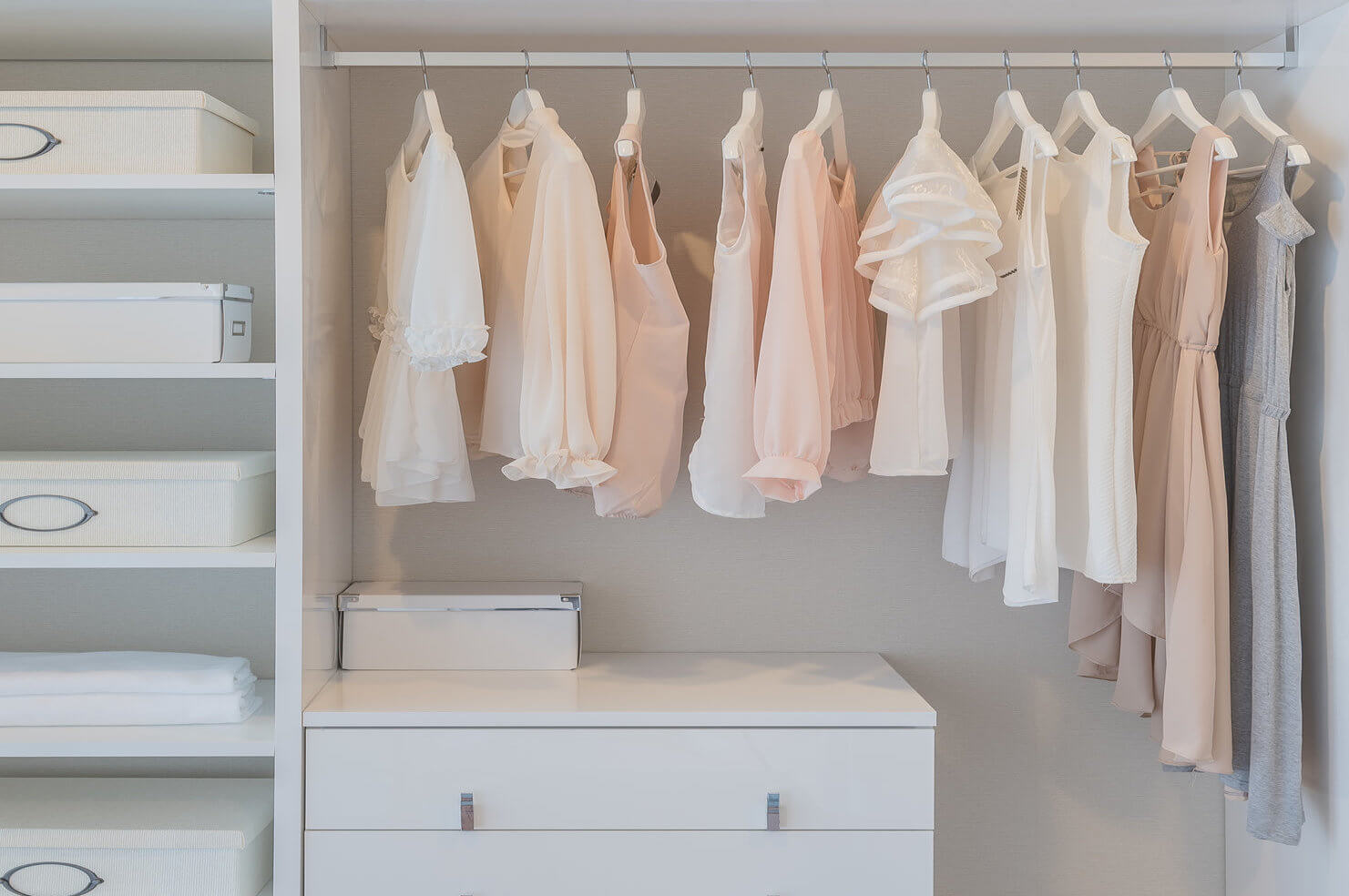
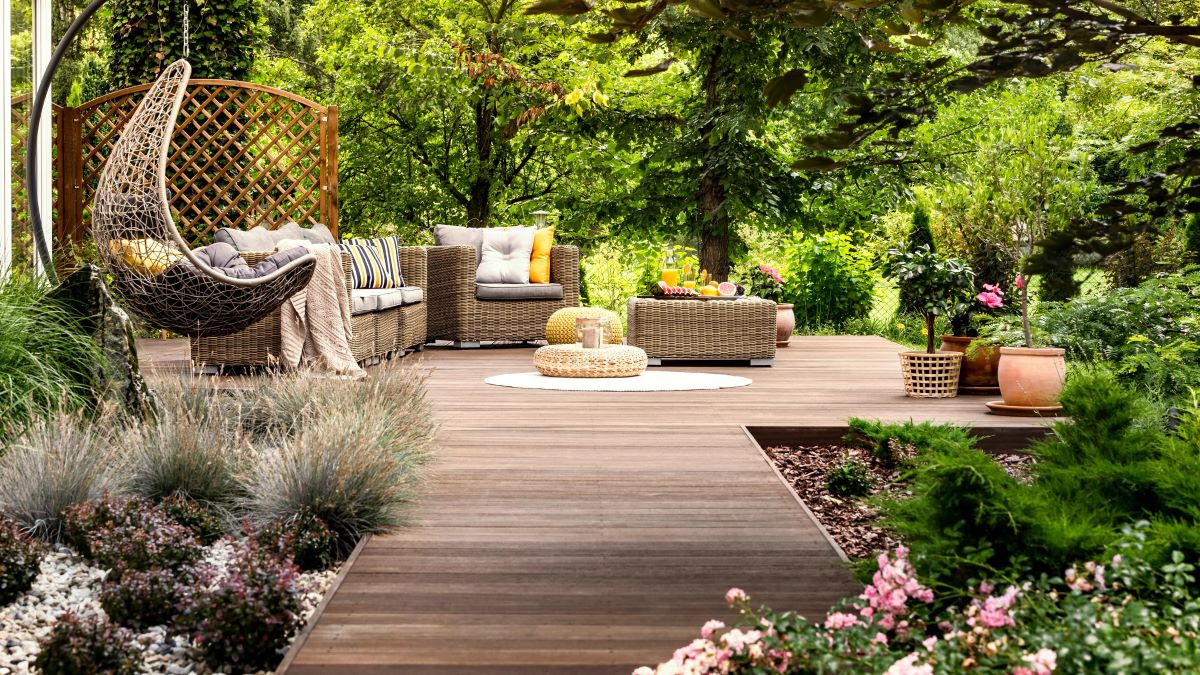

0 thoughts on “How To Plan Your Wardrobe”